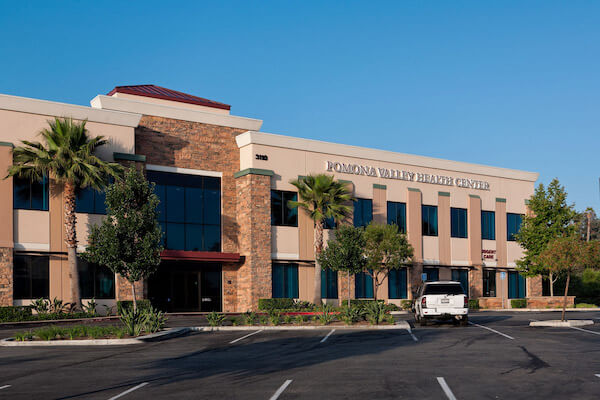
When you or a family member breaks a bone, or is suspected of having an illness, tumor or another condition, a radiology exam may be ordered.
Radiology, through different types of procedures and techniques, uses imaging technology to see inside your body. A diagnostic radiology exam allows a physician to pinpoint the cause of symptoms you’re experiencing, screen for different illnesses, like breast cancer, colon cancer, or heart disease and monitor how well your body is responding to a treatment you’re undergoing.
Most common radiology services
The most common types of radiology services include:
- General radiology – General radiology exams use standard x-ray technology, which can detect arthritis, fractures and pneumonia.
- CT scan – Also known as a computerized axial tomography (CAT) scan, this high-resolution imaging exam is performed to allow doctors to see many conditions and diseases that standard x-rays cannot detect, such as small tumors and disease progression.
- Ultrasound – This technology sends out high-frequency sound waves that reflect off body structures. A computer receives the waves and uses them to create images of organs inside the body. Ultrasound is used during gynecologic and pregnancy exams, and to identify problems related to arteries in the neck, arm or leg veins, the abdomen, kidneys, thyroid, eyes and other parts of the body.
- DEXA scan – Dual-energy x-ray absorptiometry (DEXA), is an enhanced form of x-ray technology that measures bone loss.DEXA is considered the standard by which bone mineral density is measured.
- 3 Tesla MRI – 3 Tesla MRI uses radio waves and a powerful magnet linked to a computer to produce detailed pictures of areas inside the body. With this technology, doctors can see the difference between normal and abnormal tissue when diagnosing or gauging the progression of diseases like cancer.
- Screening mammography – These low-dose X-rays can detect unsuspected breast cancers in their early stages. Screening mammography examines a woman’s breasts to detect cancer too small to be felt as a lump.
- Nuclear medicine – With the ability to identify disease in its earliest stages, nuclear medicine is a valuable imaging technology. The procedure uses small amounts of radioactive materials (radiotracers) that are injected, inhaled or swallowed. The radiotracer travels through the area being examined and gives off gamma ray energy, which is detected by a special camera and a computer to create images.
- Interventional Radiology– Interventional radiologists perform a broad range of procedures (X-ray, MRI scans, fluoroscopy to see internal organs in motion, CT scans and ultrasounds) to capture images inside your body. This remarkable imaging technology can be employed to treat tumors, take organ biopsies or place stents by inserting tiny instruments or catheters via an artery or vein.
Complete, compassionate health care is close to home
Your family’s optimal health is our priority at Pomona Valley Health Centers. From general checkups and physicals to OB/GYN care, sports medicine, urgent care and advanced, accurate radiology services, we make medicine accessible, convenient and hassle-free. We offer four locations throughout the Inland Empire, a choice of dozens of caring and credentialed doctors, and a longtime affiliation with Pomona Valley Hospital Medical Center. Come see the difference we can make in your health and your life.
To schedule an appointment at a PVHC location near you, call 909-630-7829 or click here to use our online form.





